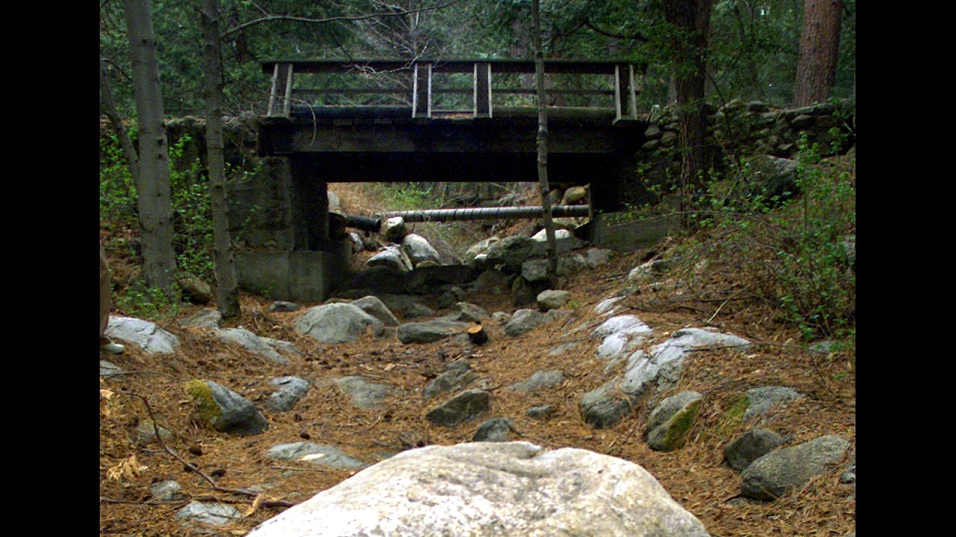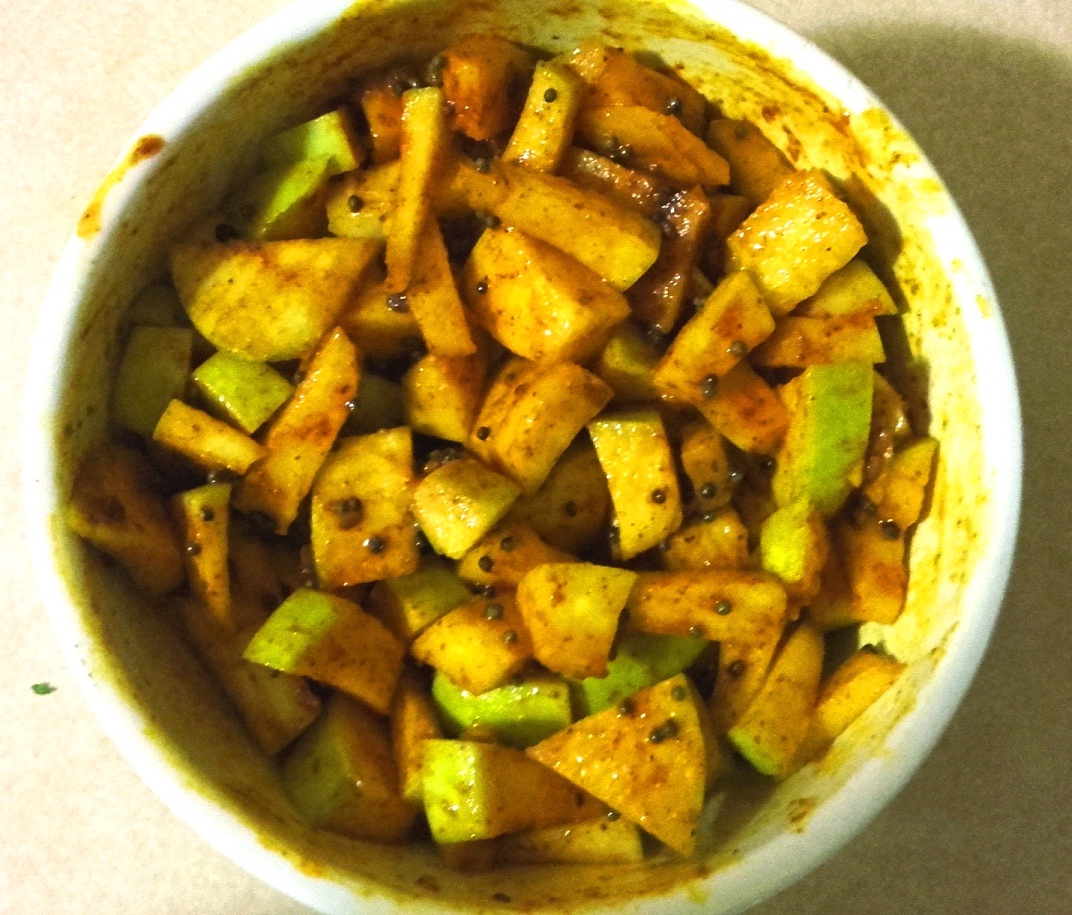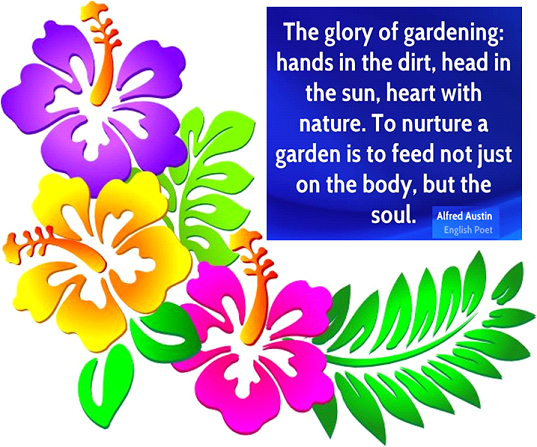
Breathing Exercise to keep Your Mind & Body in Harmony
The link between body and mind known is through breath, which is Prana in Sanskrit. In Yoga breathing exercises are practised to keep yogis and yoginis in calm and focused mind. As you keep practising breathing exercise, you will notice change in your thoughts and your mind feels steadier, calmer and able to focus on what matters to you. It is essential to learn to breath properly if you are new to yoga. What benefits we get by practicing breathing exercise? See the below list. Then try the given breathing exercises to help you gain a better understanding of breath.
“When you own your breath, nobody can steal your peace.” -Unknown
- Strengthens your respiratory and immune systems. Opens your chest and stimulates your intercostals muscles.
- Reduces stress. Energizes greater alertness to your body and brain.
- Promotes healing on emotional, physical and psychological levels.
- Reels you into the present precious moment.
- Supports clear, truthful thinking and actions. Aides you during transitional times.
- Trains the brain how to let go over and over during each mindful exhale.
- Increases the body’s vital energy.
- Increases the gastric fire and improves digestion and elimination.
- Relieves asthma and other curative benefits relating to the respiratory system.
- Alleviates cardiac disorders. Normalizes blood pressure.
- Invigorates the nervous system. Purifies the circulatory system.
- Stimulates the pituitary gland, which is a regulator of your entire body.
- Makes you happy!
“When you own your breath, nobody can steal your peace.” -Unknown
Pranayama: Pranayama, most commonly known as deep breathing exercises, is a compound word with Pran and Ayama. Pran means breathing or respiration and Ayama means extension or expansion. There are different types of pranayama methods. For effective results, do these pranayamas sitting crossed legs, in a comfortable position. Keep your eyes closed and backbone straight. Concentrate on the breathing process and keep positive thoughts.
Ujjayi Pranayama : In Sanskrit, Ujjayi means victorious. With this conquerors breathing techniques, you control the flow of air (and thus lengthen your breath) with a glottis breathing. With a slight constriction of your throat, it will cause a snoring sound (subtle) which is characteristic of this technique. To locate your epiglottis flap, you can scratch your throat and you will observe where the vibration is occurring. On each inhalation and exhalation, you will feel the air as if you were breathing through your throat. You can practice Ujjayi alone for 5 minutes or add it to any yoga breathing exercises. Three types of ujjayi breathing are:
1) Abdominal Breathing
- Lay down on your back on your yoga mat. Bend your knees with your feet flat on the ground.
- Place your hands on your stomach and put your attention on your lower abdomen.
- Inhale through your nose and let fill your belly with air.
- Exhale through your nose and let your belly go back deep inside.
- Practice for 5 minutes to sooth and refocus.
2) Thoracic Breathing
- Place your hands on your ribs.
- Inhale through your nose and feel your rib cage opening up. Feel the space between your blades. Your respiratory capacity is amplified.
- Exhale through your nose and let your rib cage go back to normal.
- Practice for 5 minutes to energize and stimulate your body.
3) Collarbone Breathing
- Inhale through your nose and concentrate your breathing on the upper section of your lungs.
- Keep your shoulders relaxed.
- Exhale through your nose.
- Practice for 5 minutes.
Nadi Shodhana Pranayama: This is alternate nostril breathing means purification of the channels in Sanskrit. It dissipates nervous fatigue, improves blood circulation, increases concentration and intellectual skills.
- Choose a sitting posture that suits you.
- Use your right hand (if you are a right-handed) to control your nostrils.
- Close off your right nostril with your thumb. Your index and middle fingers are placed between your eyebrows. Your ring finger is placed on your left nostril. You do not use your baby finger.
- While closing your right nostril with your thumb, inhale through the left.
- Then, close off your left nostril with your ring finger and exhale through the right.
- Inhale immediately through the right and close off your right nostril with your thumb.
- While releasing your ring finger from your left nostril, exhale slowly.
- This is one cycle. Continue this pattern for 10 cycles.
*Do not practice if you have an ear infection
Brahmari Pranayama: In Sanskrit, Brahmari means bee. This yoga breathing exercises relieves stress and is deeply relaxing.
- Choose a sitting posture that suits you (do not practice lying down).
- With your index fingers, close the little flap of your ears. Do not enter your finger in the ear.
- Keep your elbows up to shoulders level and close your eyes.
- Inhale deeply through your nose. You can practice the complete yogic breathing.
- Exhale through your nose while creating a humming sound (like a bee!), until your lungs are empty. This creates a nice internal massage.
- Inhale again through your nose and repeat the pattern of this yoga breathing exercises for 10-15 minutes.
Bhastrika Pranayama: In this pranayama breathing through nose sounds like flame burning below the furnace. This process starts with deep breath-in where we expand our stomach. The air is completely breathed out with force, sucking your navel towards the backbone. During inhalation, your stomach should be expanded to the maximum. Do this pranayama for 1-2 minutes and rest should be taken thereafter.
Anulom-Vilom Pranayama: In this pranayama we perform deep breath in and out without any sound.
- Close the index finger and the middle finger of your right hand.
- Now, close your right nostril with your thumb and slowly exhale from the left nostril.
- After exhaling, slowly inhale through the same nostril.
- Withhold your breath for 2 seconds. Then close your left nostril with your ring finger and exhale through the right nostril.
- Now, inhale from the right one, hold it for 2 seconds and exhale from the left one closing your right nostril with the right thumb.
- Repeat this process for 2-5 minutes.
Kapalbhathi Pranayama: In this pranayama yogis perform forceful exhalation.
This is a process of passive inhalation and active exhalation, where you have to inhale normally and exhale forcefully. During exhalation the stomach muscles should be moved violently
(pulling it closer to your back). Continue it for 2-5 minutes.
References:
http://www.pregnancy-yoga-resource.com/
http://www.thefitindian.com/
Image source: <a href=”https://www.freepik.com/free-photos-vectors/background”>Background photo created by kjpargeter – www.freepik.com</a>
Author: HealthyLife | Posted on: October 20, 2015
« What Do You Know About Shingles? Hot dogs, bacon and other processed meats cause cancer WHO DECLARES »








